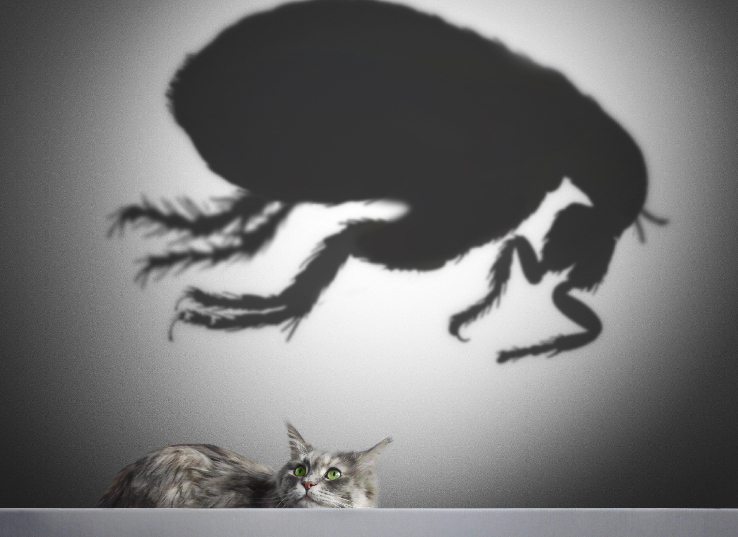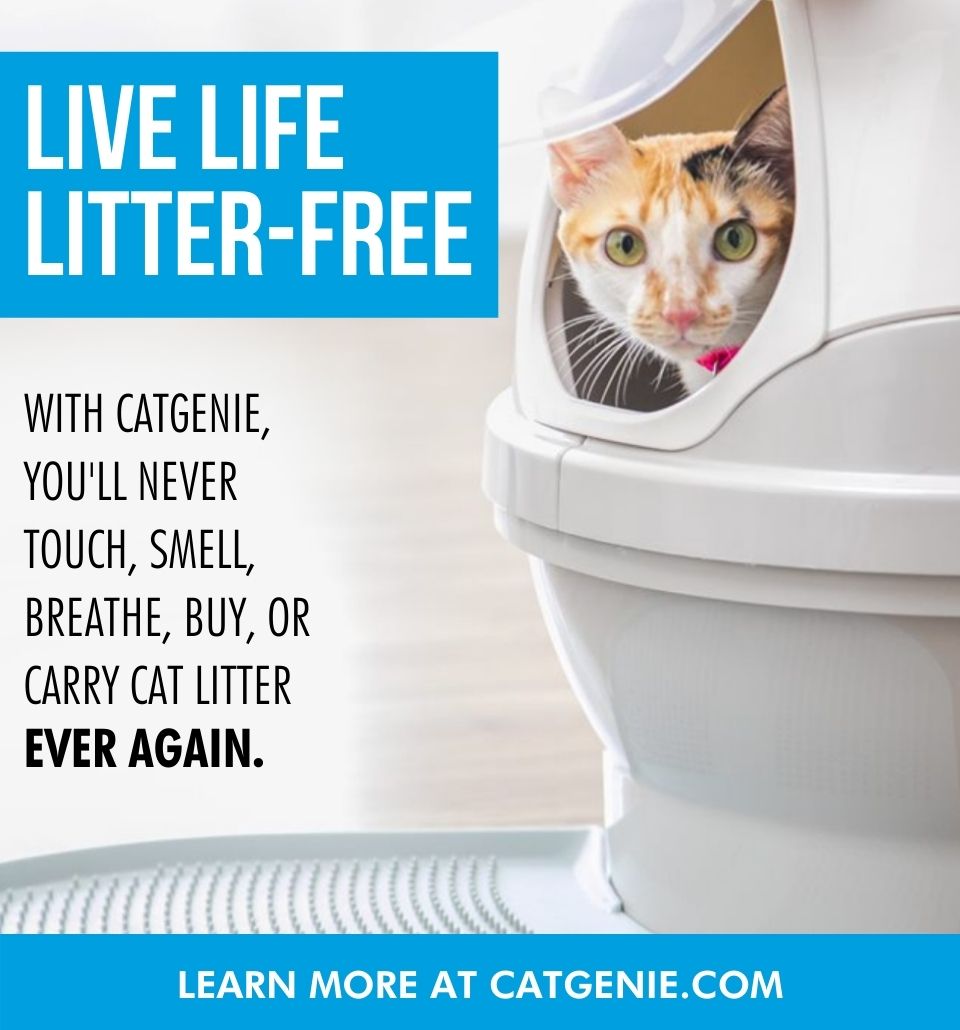When I was growing up in New Mexico, fleas weren’t an issue. Something about the desert isn’t all that inhabitable for fleas. But once I moved East, fleas became a real issue. There weren’t that many treatments available way back then (hey, I’m old) and summer became a constant battle of flea baths and flea “bombs” that uselessly sprayed toxic chemicals into the air six feet above where the fleas lived.
That was in the 80s, and fleas were winning the battle. When I started working for veterinarians as a technician in 1986, one of my main jobs became giving flea baths to animals infested with the little bastards, and during the summer it got so bad that I began to use flea soap as my personal shampoo and soap (yes, everywhere). God how I hate fleas.
They aren’t a laughing matter, either. I once had to put an IV into a tiny kitten, only a few weeks old, so we could give it a transfusion to save its life after fleas nearly killed it (yes, the kitten lived — the vet clinic’s office cat was kind enough to donate blood). Old and young animals can be put at serious risk when it comes to a flea infestation.
Luckily, in 2016, there are many treatment options that are far more effective than flea shampoo and flea bombs. And before you turn away because your cats live indoors, you should know this: you can carry fleas into your home on your shoes and still end up with an infestation. So I asked my vet office what they recommend.
Seresto Collars
These incredible flea collars are far more expensive than those ones you can buy in the grocery store, but they really work — and they last for eight months, which for most of us, is the full flea season. My vet suggests getting them in March and putting them on your dogs and cats, since that’s when flea season generally starts — although my vet mentioned that our mild winter meant we never really saw the flea season end this year.
Topical Medications
Frontline was the big game changer the last year I was a veterinary technician. It worked from the inside out by placing a small dose of flea poison in your pet’s blood stream, so when they were bitten by fleas, the fleas died (and ticks, too). You could now treat the flea problem without spraying your whole house with chemicals; just treat your pets with it once a month, and each new batch of eggs that hatched dies. Today there are multiple brands available. My vet’s office recommends Frontline still for cats, and Parastar for dogs.
Edible Medications
These are only available for dogs, but that’s not terribly surprising. Cats are supremely picky eaters, after all. But these nice, beef flavored treats for dogs pack a medication similar to those available in topical forms and keep them flea free for thirty days. My vet likes Nexgard for dogs — a company already well known for it’s yummy heartworm prevention and treatment medication.
Your pets don’t have to suffer from fleas (and neither do your ankles; while humans aren’t a flea’s favorite food, they still can nip us) now that all these great treatment options are around. There are, of course, more “natural” methods of combatting fleas, but I’m here to tell you: they aren’t nearly as effective as the treatments listed above. I’m sorry. I wish I could lie to you and tell you they will work.
Years ago, my mom told me that fireflies were God’s apology for fleas. Maybe she’s right. But I still hate the little jerks.







I’m pretty sure Comfortis (an edible flea medication) IS available for cats.
Capstar, which is an oral pill, is also available for cats. It’s a “kill the fleas already on your pet” medication, not a long-lasting one, but is perfect for knocking out an infestation, as long as you’re treating your home, too.
Hi, Advantage Once-A-Month Topical Flea Treatment is an excellent remedy for fleas in cats. Thanks